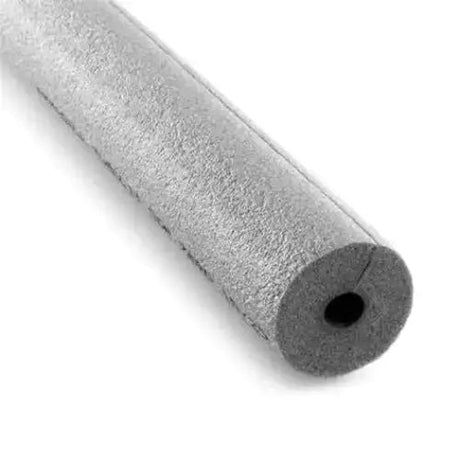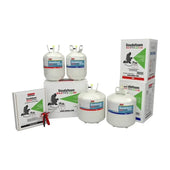All insulation materials have its own operating temperature ranges, which indicate the range of temperatures between which they will be effective and provide thermal insulation performance.
You should also know that manufacturers are able to engineer increases or decreases in typical performance for each of the brands and product lines to meet different specifications and or use-case scenarios. The following is just a rough guide of the temperature ranges for common insulation materials and cannot replace the manufacturers officially tested and rated performance guidlines:
-
Closed-cell foam insulation (e.g., Polyurethane Insulation or polyisocyanurate):
Temperature range: -200°C to +150°C (-328°F to +302°F) -
Phenolic foam insulation:
Temperature range: -180°C to +120°C (-292°F to +248°F) -
Fiberglass insulation:
Temperature range: -40°C to +540°C (-40°F to +1004°F) -
Superwool (high-temperature insulating wool):
Temperature range: -260°C to +1200°C (-436°F to +2192°F) -
Mineral wool insulation (e.g., rockwool or slagwool):
Temperature range: -40°C to +650°C (-40°F to +1202°F) -
Elastomeric foam insulation (e.g., nitrile rubber or EPDM):
Temperature range: -50°C to +125°C (-58°F to +257°F) - Calcium silicate insulation:
Temperature range: -40°C to +1000°C (-40°F to +1832°F) - Cellular glass insulation:
Temperature range: -260°C to +430°C (-436°F to +806°F) - Aerogel insulation:
Temperature range: -200°C to +650°C (-328°F to +1202°F)
Please rembmer that these temperature ranges are approximate and can vary significantly depending on the specific product and manufacturer. It's essential to consult the manufacturer's technical data sheets and guidelines to determine the appropriate insulation material for a particular application and temperature range.
























































